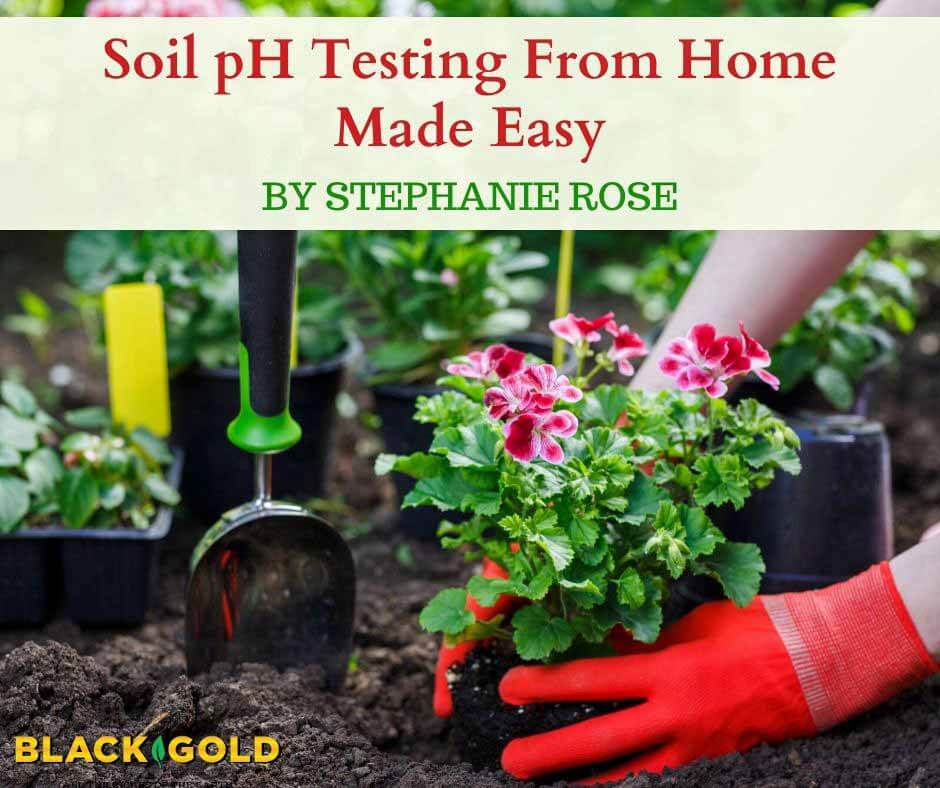
When asked about soil and gardens, the most common question I receive is about how to determine soil pH. Garden professionals emphasize the need to measure soil pH because it can be so important if the soil pH errs towards the extremes–too acid or too alkaline. Soil pH testing is certainly useful when you are getting to know your soil, and it can be managed once identified. It can also help one devise a game plan for what to grow where.
If you want precision soil pH numbers, your best bet is to reach out to your local extension agent for professional testing (click here to learn more), but this can be costly, and precise numbers are not always needed. I recommend this route for gardeners living in areas where soils tend to be more extreme.
For home gardeners living in areas with more average loam soils, it is not necessary to get exact measurements of your soil pH from all the different spaces of your garden. Simple, home-grown tests will help determine if your soil is acidic, alkaline, or neutral. Once you know that, you will know what grows best in your soil, and you can work with it.
The Importance of Soil pH
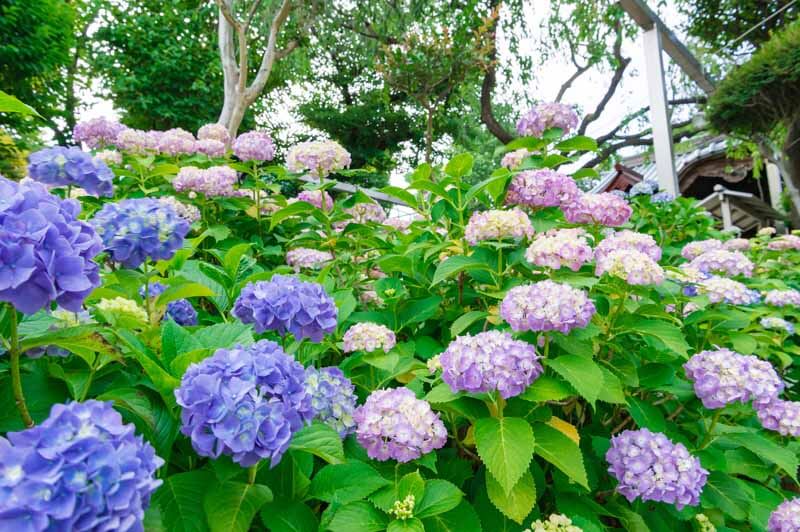
pH is designated on a scale from 1 to 14; if you have a pH around 7 your soil is neutral, if your pH is less than 7 it is considered to be acidic, whereas a pH greater than 7 is alkaline. At the far extremes, hydrochloric acid (0 pH) has an extremely low pH, and caustic lye (12 pH) has an extremely high pH. Most plants grow very well in neutral or near-neutral soils, though some plants are specially adapted to more acid or alkaline soils.
For gardeners, soil pH can be an important determinant of what plants will thrive or struggle within a garden. As a general rule, most vegetables and flowers prefer neutral soils. Some plants, like camellia, blueberry, and rhododendrons, prefer more acid soils, while others, like crabapples, lilac, clematis, and sweet peas, tolerate more alkaline soils.
Some plants will grow in a variety of pH levels but show differences in how they grow. For example, bigleaf hydrangeas (Hydrangea macrophylla) will bloom blue when they are in soil that is more acidic and pink in more alkaline soil.
Collecting a Soil Sample
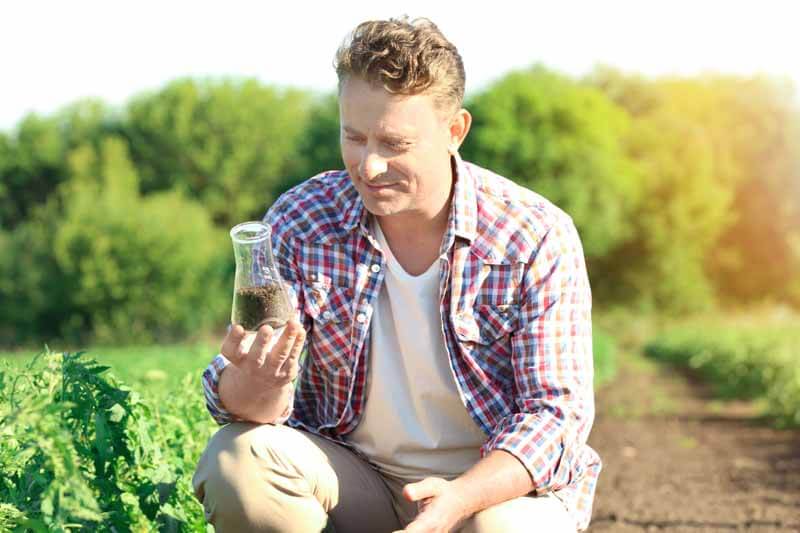
To test your soil at home, you are going to need to collect a sample. To do this, grab a trowel and dig three or four inches down. Scoop the soil into a bowl, making sure not to contaminate it by touching it. It’s a good idea to collect samples from three to five different areas of your garden to get a good idea of the average pH of the soil you will be working with. Mix them, and then perform the following tests.
Vinegar and Baking Soda DIY pH Test
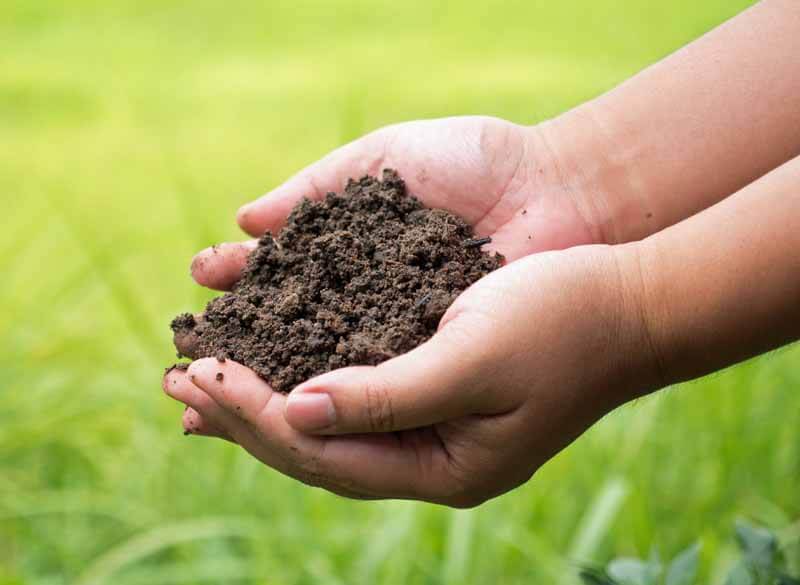
(These tests are from the book Garden Alchemy: 80 Recipes and Concoctions for Organic Fertilizers, Plant Elixirs, Potting Mixes, Pest Deterrents, and More (Cool Springs Press, 2020). Reprinted with permission.)
This simple test for soil pH will tell you if you have alkaline, acidic, or neutral soil using household vinegar and baking soda. White vinegar (2.5 pH) is acidic, and sodium bicarbonate or baking soda (8.4 pH) is alkaline. When they are mixed, they fizz. With two samples of soil from the same place in your garden, adding these ingredients will help to determine your soil’s pH type.
Materials
- 2 small bowls
- 4 tablespoons soil
- Distilled water (do not use tap water as distilled water has a neutral pH)
- White vinegar
- Baking soda
Test Instructions
- Add 2 tablespoons (30 ml) soil to a small bowl and mix it with 1 tablespoon (15 ml) of distilled water.
- Add 1 tablespoon (15 ml) white vinegar in and stir. If the mixture fizzes, you have more alkaline soil.
- Add 2 tablespoons (30 ml) soil from the same sample to a small bowl and mix it with 1 tablespoon (15 ml) of distilled water.
- Add 1 tablespoon (15 ml) of baking soda and stir. If the mixture fizzes, you have more acid soil.
- If it does not fizz for either test, you have neutral soil.
Once you know if you have acidic, alkaline, or neutral soil, congratulations! You now know what will grow best in your garden!
Managing Soil PH
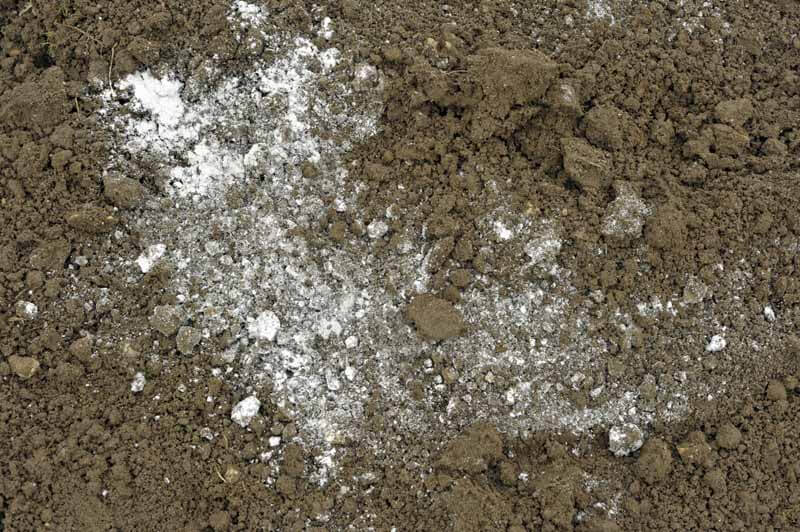
Many folks want to take on the job of altering their soil pH if they are largely at one end of the scale or the other. There are various products one can use to manage soil pH. If you have acid soil, you can add liming agents, such as hydrated lime, in addition to more neutral soil amendments, such as Black Gold Earthworm Castings. If your soil is very alkaline, add more acid amendments, such as Black Gold Canadian Sphagnum Peat Moss, as well as acidifying fertilizers, such as elemental sulfur (click here to learn more about acidifying soil). For both liming or acidifying soil agents, be sure to follow the manufacturer’s guidelines for application.
Another practical option for managing soil pH is to only grow native plants that will naturally thrive in your soil, and reserve other plants less adapted to your soil to container gardens or raised beds (click here to learn more about Black Gold® Natural & Organic Raised Bed & Potting Mix). Either way, it always pays to amend your soil with great quality Black Gold Garden Compost Blend. Then celebrate your unique garden soil, and the plants that nature intended you to grow there.

